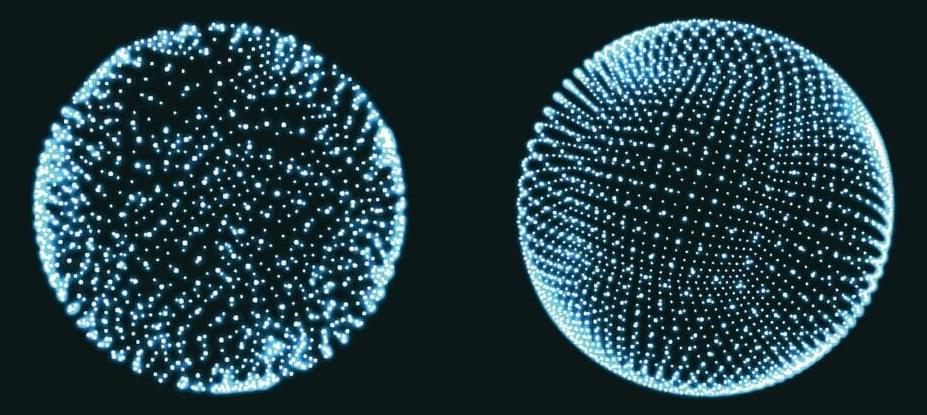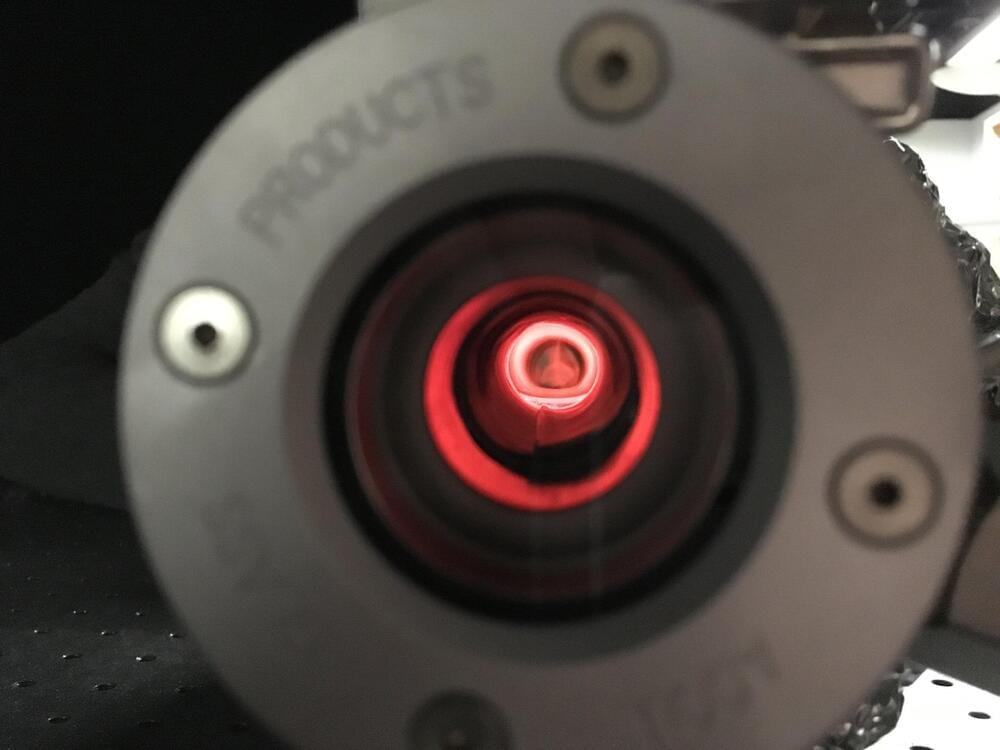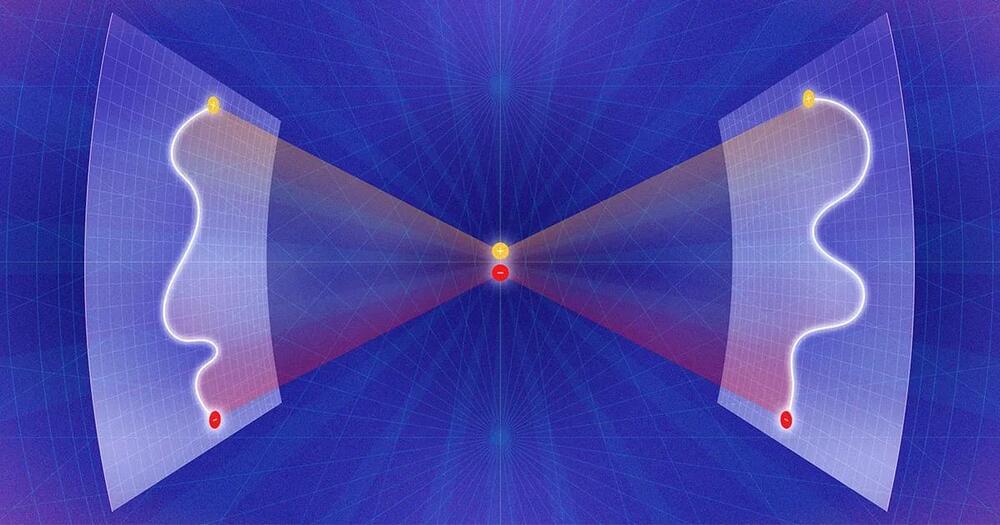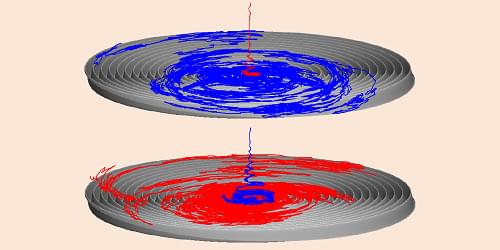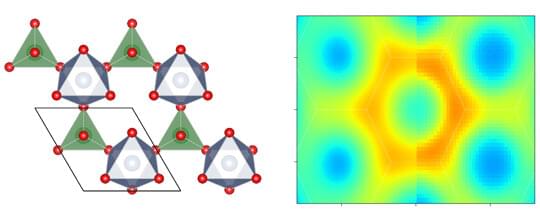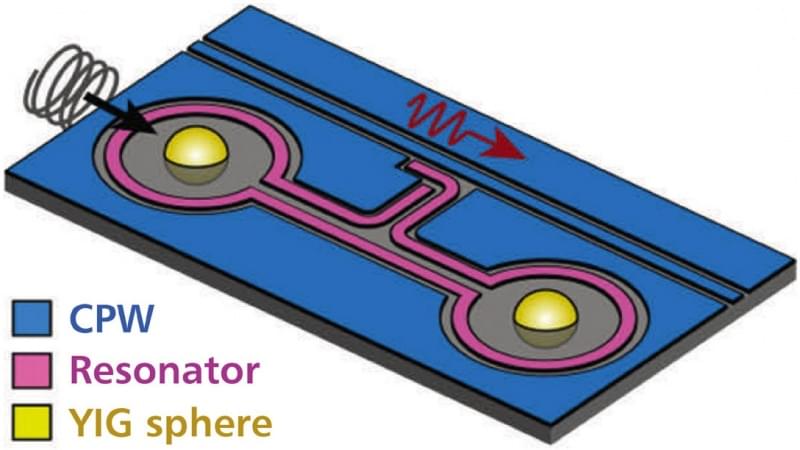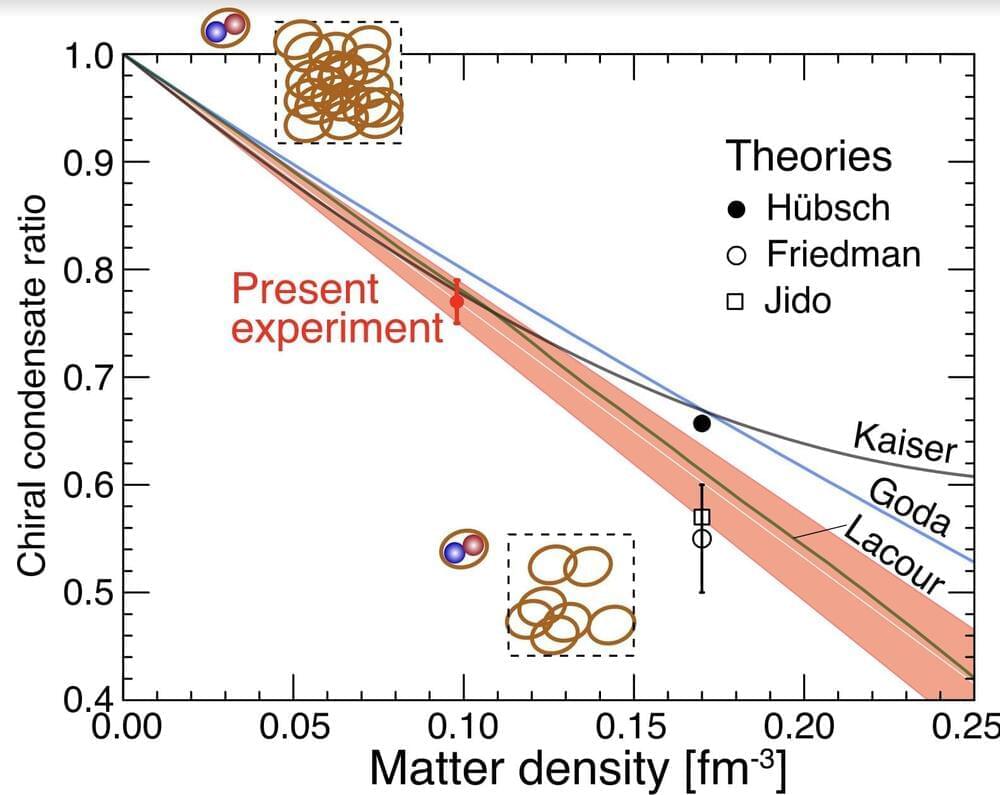Apr 20, 2023
First detection of neutrinos made at a particle collider
Posted by Quinn Sena in category: particle physics
A superfluid neutrino radio telescope could scan the entire universe in seconds.
A team including physicists of the University of Bern has for the first time detected subatomic particles called neutrinos created by a particle collider, namely at CERN’s Large Hadron Collider (LHC). The discovery promises to deepen scientists’ understanding of the nature of neutrinos, which are among the most abundant particles in the universe and key to the solution of the question why there is more matter than antimatter.
Neutrinos are fundamental particles that played an important role in the early phase of the universe. They are key to learn more about the fundamental laws of nature, including how particles acquire mass and why there is more matter than antimatter. Despite being among the most abundant particles in the universe they are very difficult to detect because they pass through matter with almost no interaction. They are therefore often called “ghost particles.”
Neutrinos have been known for several decades and were very important for establishing the standard model of particle physics. But most neutrinos studied by physicists so far have been low-energy neutrinos. Previously, no neutrino produced at a particle collider had ever been detected by an experiment. Now, an international team including researchers from the Laboratory for High Energy Physics (LHEP) of the University of Bern has succeeded in doing just that. Using the FASER particle detector at CERN in Geneva, the team was able to detect very high energy neutrinos produced by brand a new source: CERN’s Large Hadron Collider (LHC). The international FASER collaboration announced this result on March 19 at the MORIOND EW conference in La Thuile, Italy.
